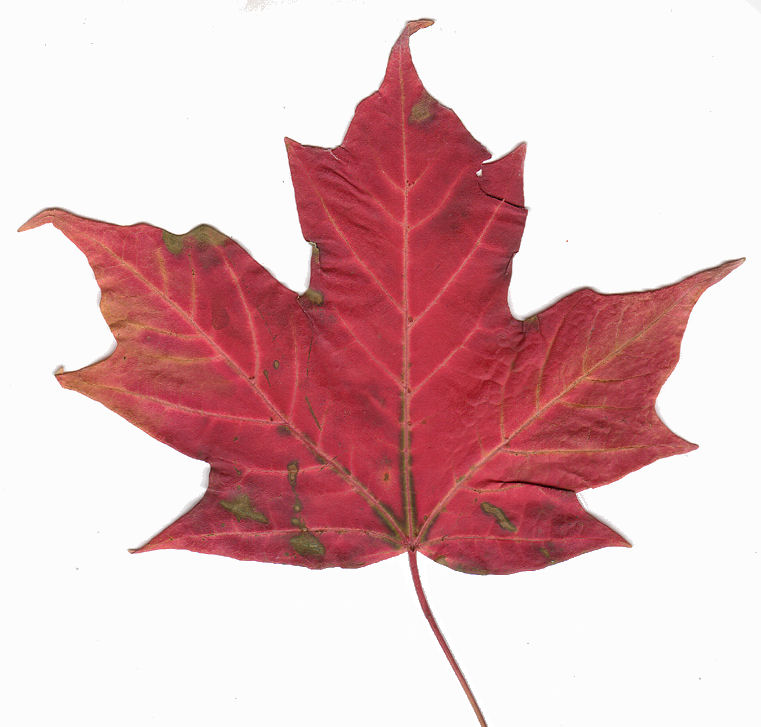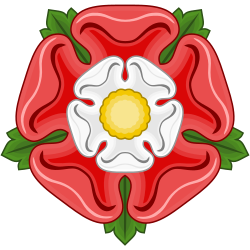The Maple Leaf:
 The maple leaf can have from three up to nine lobes. During the Autumn, leaves turn to green, yellow, orange and red. Maple trees grow in Europe, Asia and North America, especially Canada.
The maple leaf can have from three up to nine lobes. During the Autumn, leaves turn to green, yellow, orange and red. Maple trees grow in Europe, Asia and North America, especially Canada.Canada:
Canada is situated in the very north of the continent of North America. Its main languages are English and French. Its population is around 35 to 36 million which makes it the 37th largest populated country in the world. Canada is famous for its maple syrup, ice hockey and amazing scenery, for example, The Rocky Mountains.Connection between Plant and Country:
The maple leaf has been an emblem of Canada since the 1700's. The Native Indians had been using sap from the maple tree for food long before any settlers had come. When the settlers came, they were fascinated with the different colours and beauty of the trees. The leaf quickly became a symbol of the country. It became official when in 1964 on the 22nd of October it was adopted by the parliament.
Websites Used:
http://worldpopulationreview.com/countries/canada-population/http://www.ask.com/home-garden/maple-trees-grow-859d849a8120abb1
http://softschools.com/facts/plants/maple_tree_facts/640/https://en.wikipedia.org/wiki/Maple_leaf
https://upload.wikimedia.org/wikipedia/en/5/57/Canadian_maple_leaf_2.jpg
http://www.canadianaconnection.com/2009/10/the-maple-leaf/



